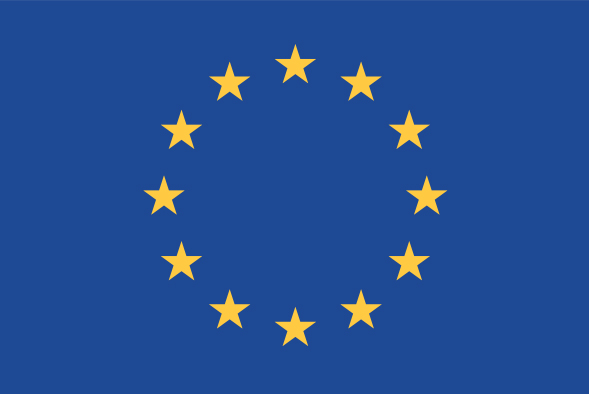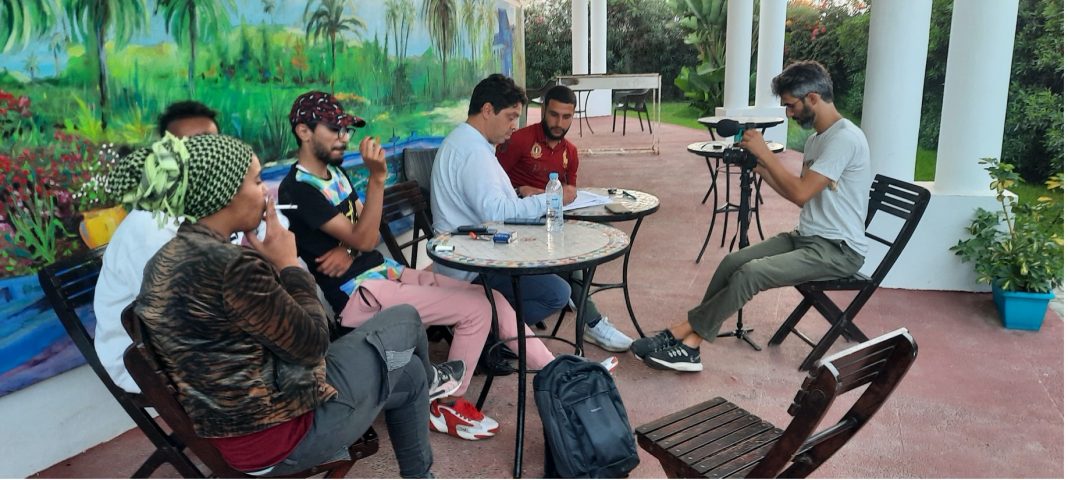In this article, Carles Feixa and José Sánchez-García share two main results of the Special Features of the TRANSGANG project: White Paper and Documentary films which looks at mediation tools in gang research
During the last five years, the TRANSGANG Project has investigated transnational gangs as agents of mediation in twelve cities of three regions: Southern Europe (Barcelona, Madrid, Marseille, Milano), Northern Africa (Rabat-Salé, Algiers, Djendel, Tunis), and the Americas (Medellin, San Salvador, Santiago de Cuba and Chicago). Among the main outcomes of the project, two special features have used ethnography and cinema as mediation tools in gang research.
TRANSGANG White Paper, mediation tools in gang research
The first special feature is the TRANSGANG White Paper, which explores public policies, gang prevention strategies, and processes of community mediation and resistance. We do not view mediation as rehabilitation or reincorporating some deviant element into a greater normative whole. We are interested in how mediation can rebuild the ties and relational bonds of the community and therefore help to displace the perception of social danger that arises in such contexts, remarking on the particular ways that mediation is practised by communities and collectives and the situated practices that support these aims in distinct cultural contexts.
Accordingly, we have developed two broad concepts to understand the differences between approaches to mediation. The first we refer to as a care-based model of mediation. This category includes all those forms of mediation that are led by or rely on state or local authority services or financing. This model can be contrasted to the state violence-based policy approaches to gang prevention. Whereas policing, military, and imprisonment-based models tend to view “gangsters” as social Others, care-based approaches position the state as responsible for the interests of members of youth street groups as well as other parts of the community. Examples of this model may include youth services, street educators or broad “gang” legalization programs. The logic of the care-based model can also be contrasted with what we term mutuality-based approaches to mediation. These models do not depend on state or municipal sponsorship and tend to be performed informally via networks of mutual support, civil society and religious organizations and the everyday activities of people living within affected communities. The contingency of national, historical and cultural experiences may largely determine the presence of informal forms of mediation.
In the White Paper, we emphasize the cultural and historical embeddedness of logic and practices of gang and youth street groups mediation. In North Africa, for instance, we saw how the Islamic logics of mediation forms the backdrop for community attempts to work with young people and resolve conflicts. Likewise, the models of conflict mediation found in places like Chicago and San Salvador reflect the high levels of violence and homicide that characterize local experiences of gang conflict. Yet despite such broad- ranging differences, models for performing conflict mediations between youth street groups circulate globally, appearing in academic literatures and policy documents concerning distinct contexts as practical tools with universal applicability.
TRANSGANG documentary films
The second special feature is TRANSGANG documentary films. From the ideation phase, the project has considered the use of cinema as a tool to accompany the research, understood as mediation tools in gang research, and as a means of disseminating the results. The will to incorporate cinema into the project has produced three documentary films, one in each region investigated.
Monte Tropic, Barcelona
Monte Tropic was shot in Barcelona during the pandemic, from January to June 2021, under the direction of Andrés Duque. It was produced with the collaboration of the local researchers, to share the main research topics as well as contacts with the interest groups for the project. As a result of these meetings, the filmmaker has begun his own research work that has led him to meet a group of young people of Moroccan nationality who emigrated alone as minors, residing in Canet de Mar, thanks to the mediation of an activist for the rights of migrants. The result is the story of Agadiri, a young Moroccan he has just been released from prison and spends a few days at the house of his friend Oussama, who takes care of him and tries to find a future for him. The drowsiness and claustrophobia due to the confinement detonate a new space of exploration of their memories and their bodies.
Instructions for when I’m not here, Colombia
Instructions for when I’m not here was shot in Medellín (Colombia), from April to May 2022, under the direction of Germán Arango and Yira Plaza. It is the result of a work program that includes holding a film workshop with young people and filming a short fiction film, the recording of the documentary would come to accompany the entire process. The workshop, in which, participated the local researcher Fulvia Marquez, the Principal Investigator Carles Feixa and the researchers Margot Mecca and Montserrat Iniesta, included theater activities, moments to share personal experiences and also to learn related to cinema, such as the direction of photography, script writing, directing actors, sound recording and production. Twelve young people participated from the four youth groups involved in the research.
They did not know each other previously, but the workshop was the occasion for a meeting that generated new links and exchanges, giving everyone a chance to share their own stories and experiences in a safe and trusting environment. The script elaborates the story of Juan Cristales, a soldier of a guerrilla not better identified who, amid war operations, has a series of experiences (he finds a dead child with a notebook like his; a companion dies cared for and assisted by a prisoner) that make him evoke his past experiences and in particular the memory of his deceased brother.
Al-houma dreams, Morocco
Al-houma dreams was shot in Rabat-Salé (Morocco), in September 2022, under the direction of Boris Svartzman. The work has been articulated in two workshop afternoons with young people from the Sidi Moussa neighborhood and six days of filming with a part of them (voluntarily). The scientific coordinator (José Sanchez- García) and the local researcher (Rachid Touhtouh) participated in the first part of the work. The workshop consisted of meetings and collective discussions with the young people, as well as walks and visits to the neighborhood to see the places of their daily life. The filming was carried out due to these conversations, both in private and intimate spaces and in public spaces (the street, the beach, etc.). During the filming, the protagonists had an active role, making part of the recordings (particularly in public spaces).
What lessons have been learnt during production?
Two main lessons have been achieved during the production process. Firstly, the result has been satisfactory insofar as the three films propose perspectives on the lives of the young protagonists who break with stereotypes which provide complexity and are capable of generating empathy. Secondly, we have verified a strong interest on the part of the young protagonists of the films, who participated with enthusiasm and commitment in long and intense work processes with great dedication. In all cases, the language of cinema has represented an important element of attraction and curiosity for young people, which has encouraged active participation in films. Now, it is time to maximize the diffusion of films with cross-sectional audiences as an important challenge, but we are confident that the attention generated through the network of collaborators and partners (NGOs, institutions, associations etc.) can open a path to reach diverse audiences and thus foster a more complex vision of the phenomena of our interest.

TRANSGANG website:
https://www.upf.edu/web/transgang
* This text is based on the following TRANSGANG Final Reports: Feixa-Pàmpols, Carles, José Sánchez-García, Adam Brisley, Nele Hansen, Eduard Ballesté, Kamal Boucherf, Candy Chévez, Paolo Grassi, Ligia Lavielle, Juan C. Mansilla, Fulvia Márquez, Margot Mecca, Sihem Najar, Maria Oliver, Mustapha Omrane, William Ross, and Rachid Touhtouh. (2023). TRANSGANG White Paper. Gang Policies and Mediation in the Context of Overlapping Crises. Barcelona: Universitat Pompeu Fabra. Communication Reports 03. https://doi.org/10.31009/cr.2023.03; Mecca, M. (Coord.), (2023, forthcoming). TRANSGANG Transversal Reports: Documentary Films. Barcelona: Universitat Pompeu Fabra & European Research Council.

This work is licensed under Creative Commons Attribution-NonCommercial-NoDerivatives 4.0 International.


